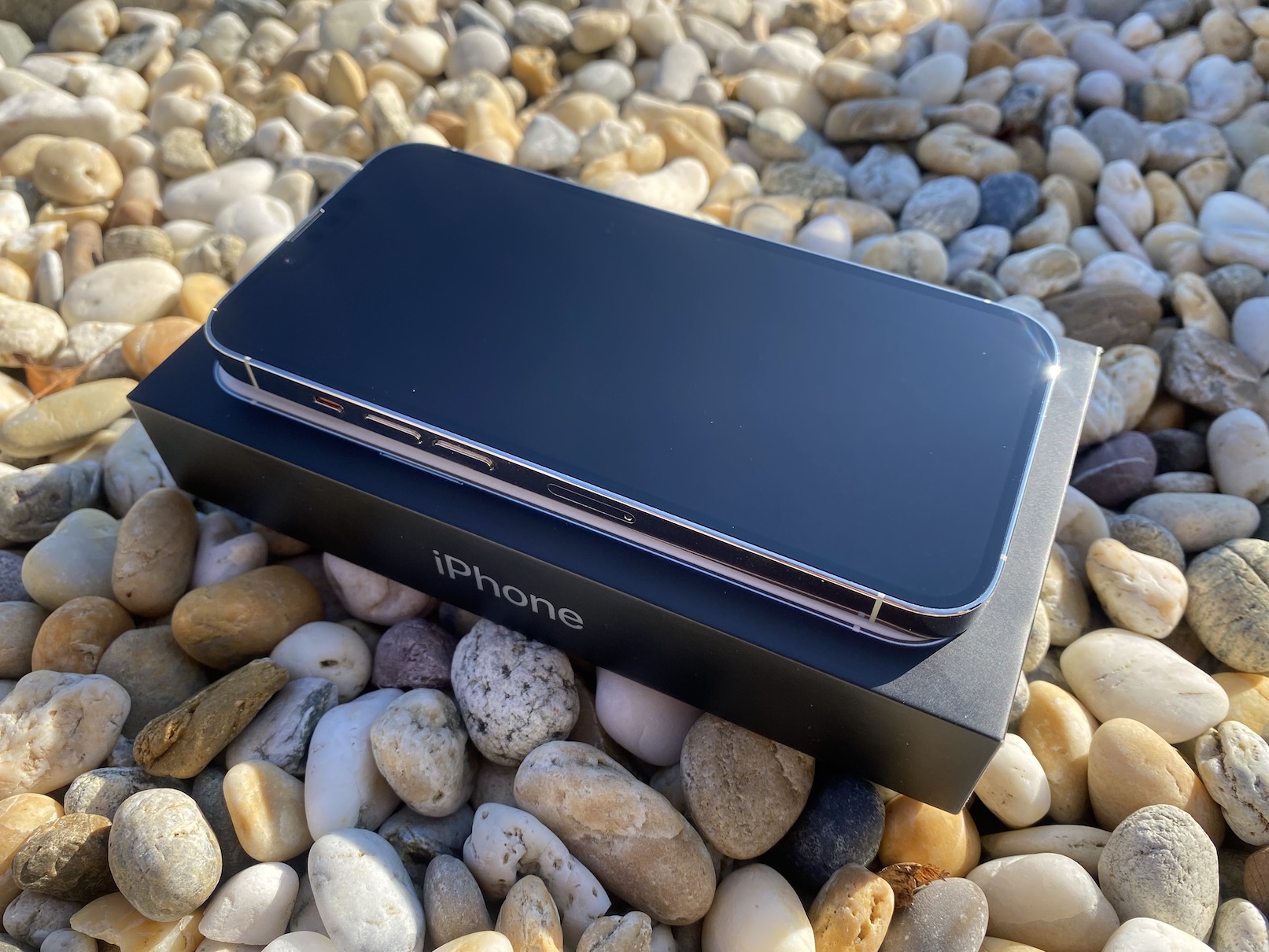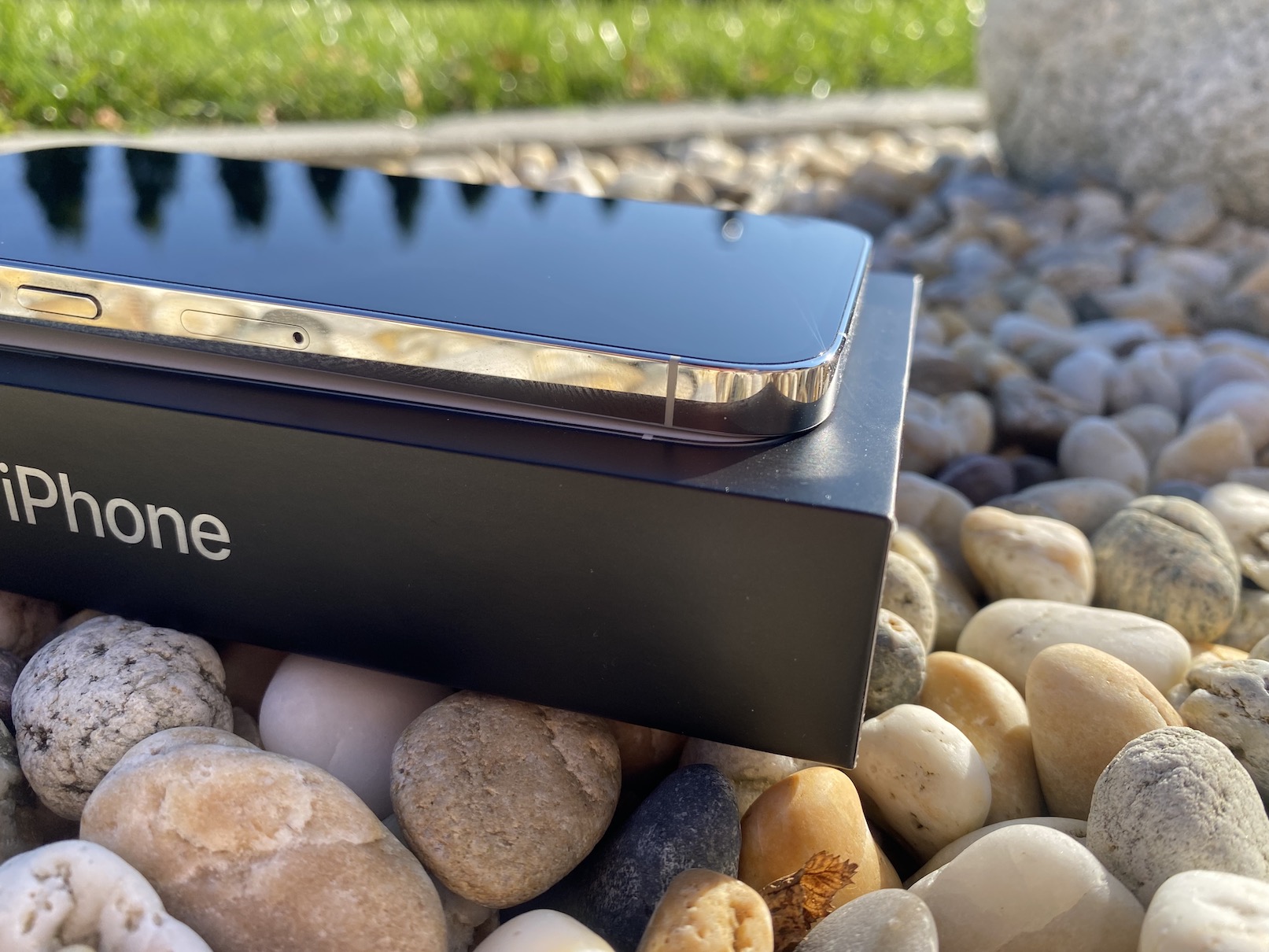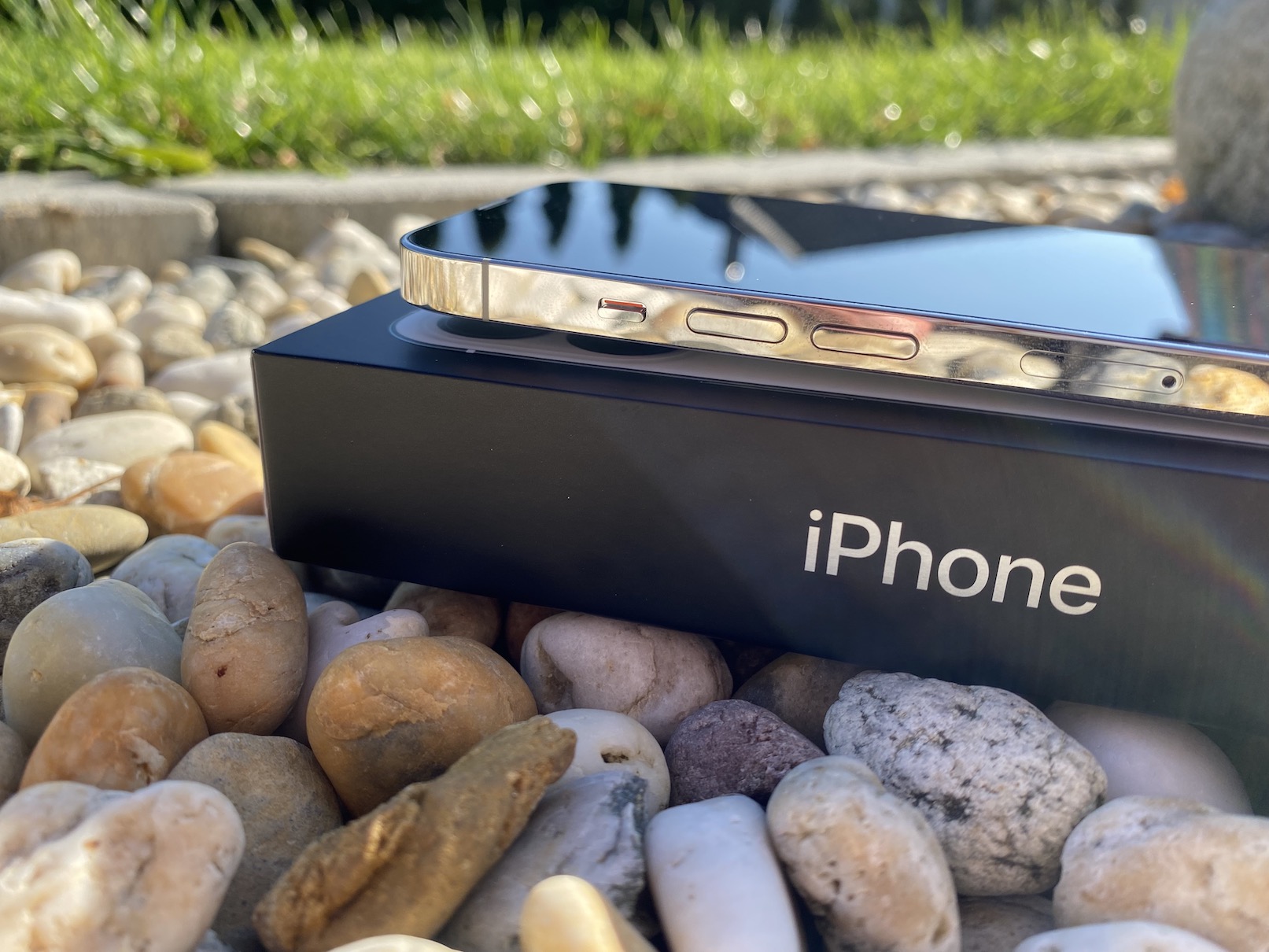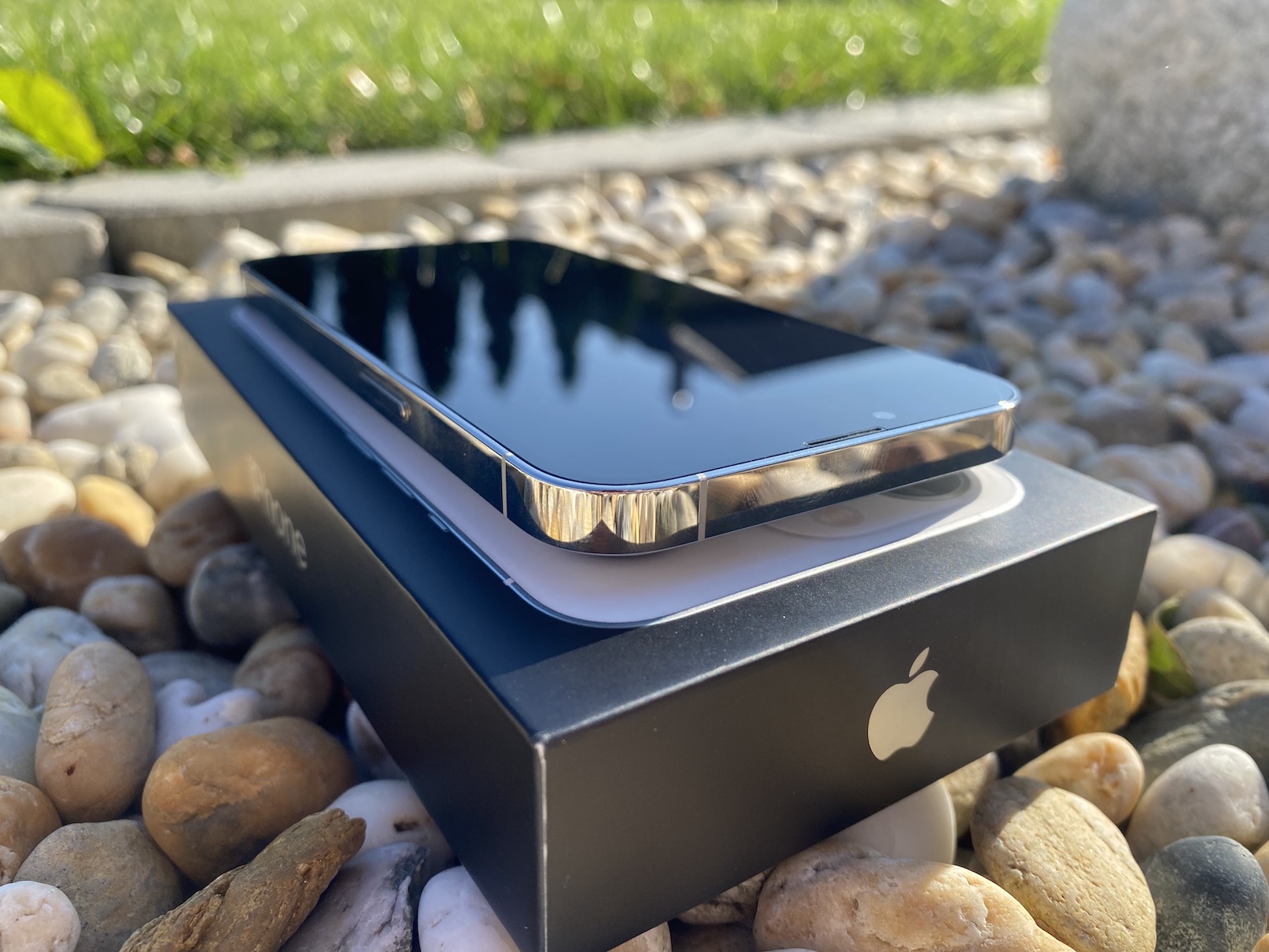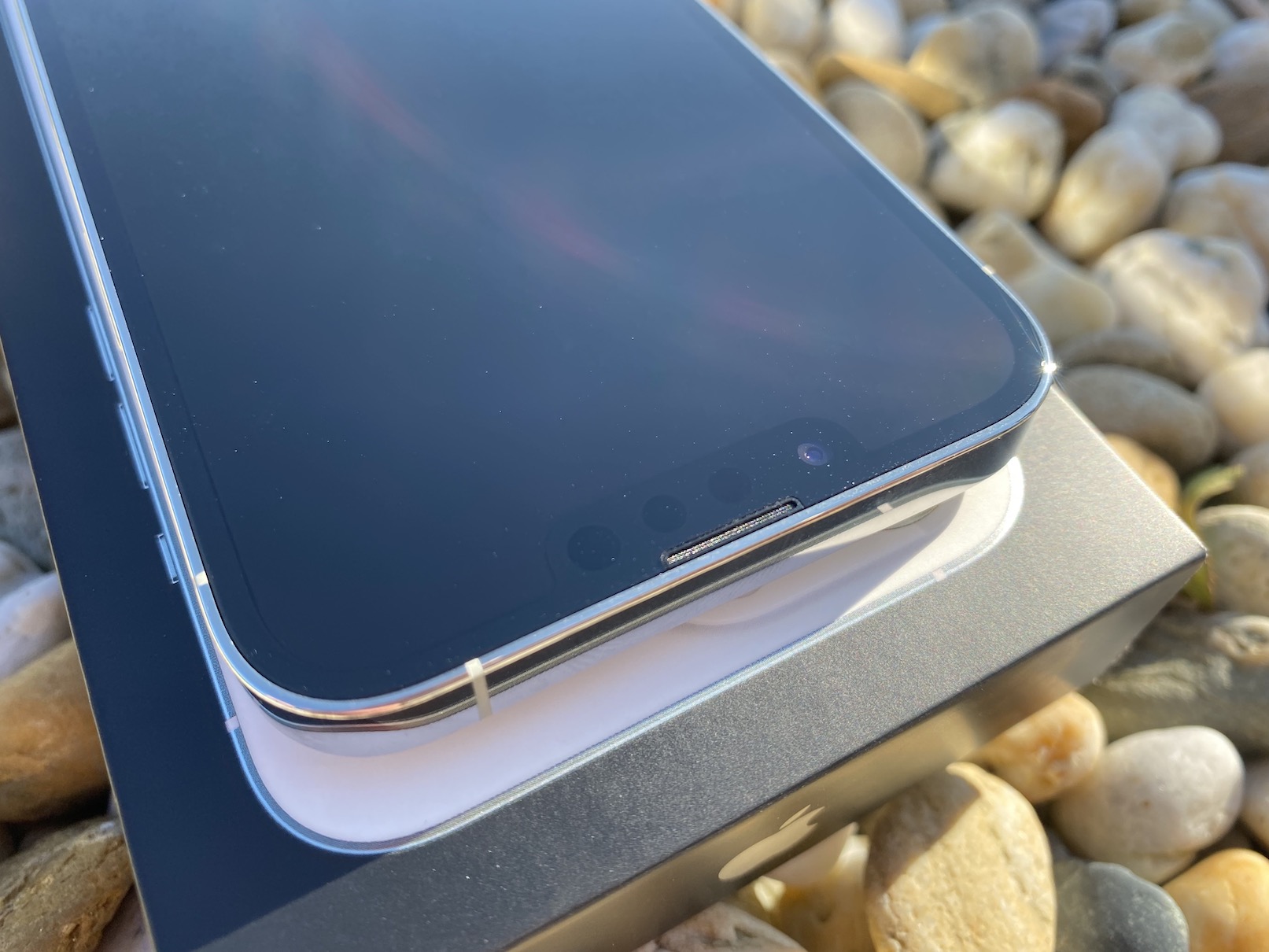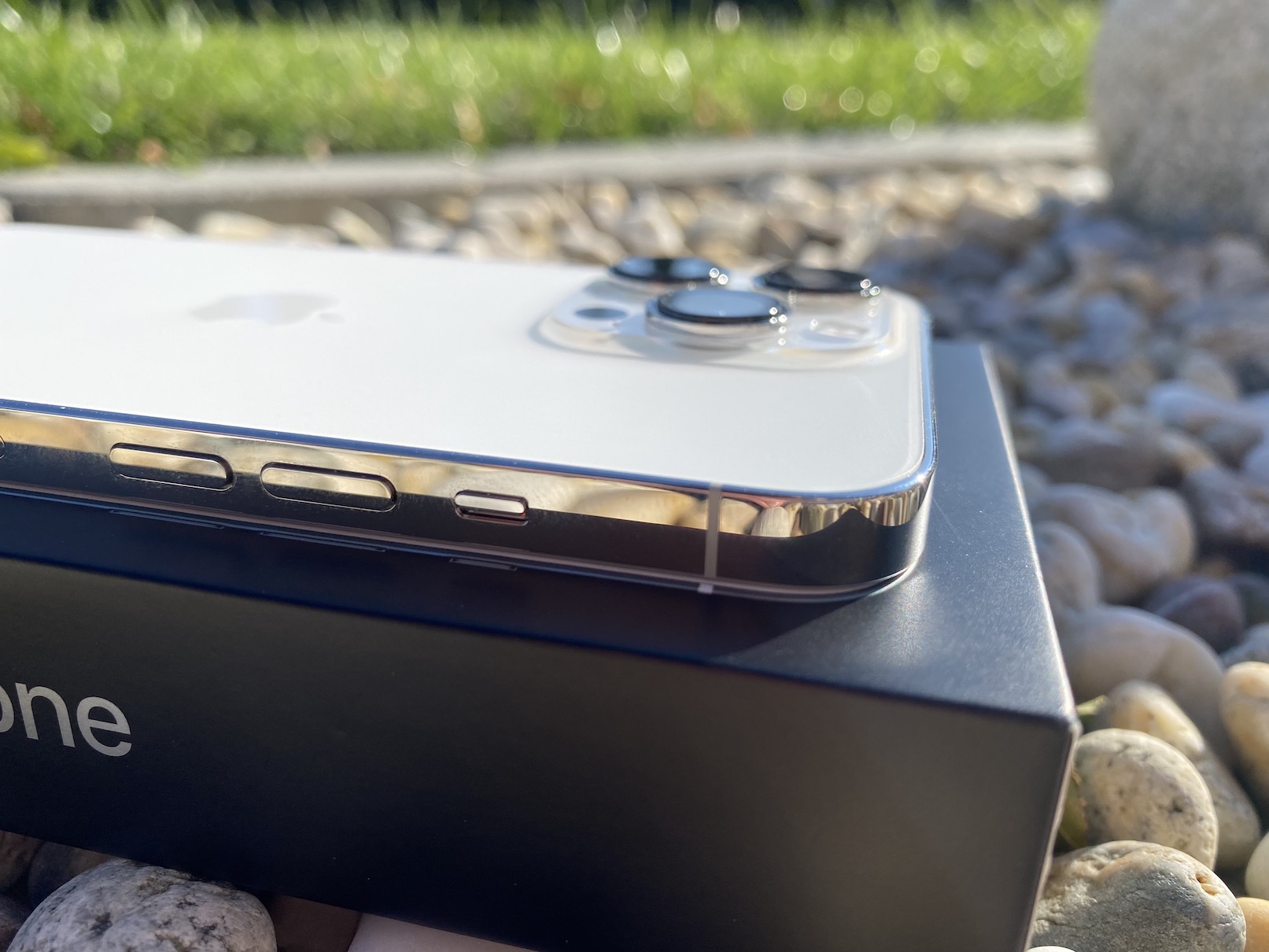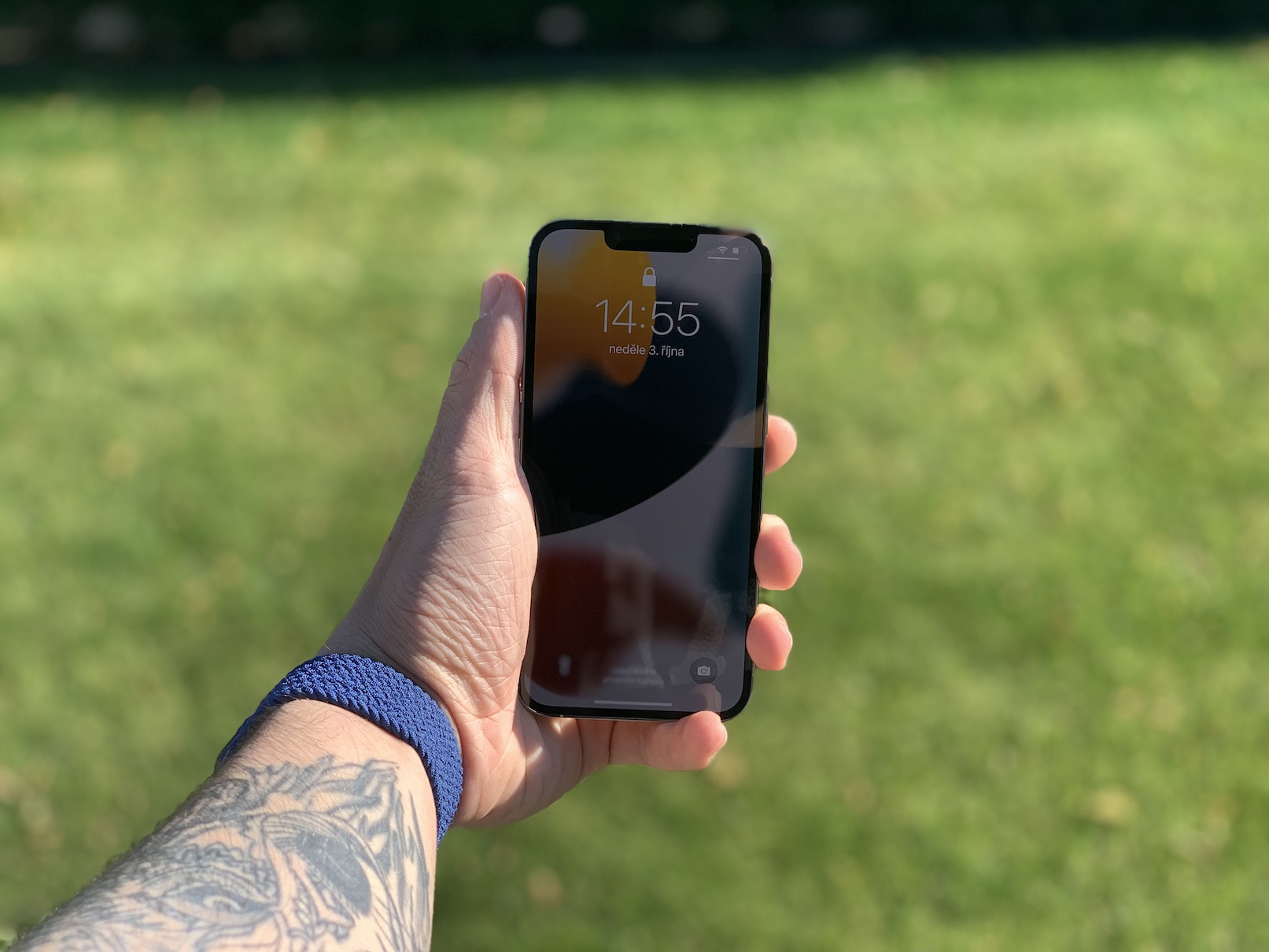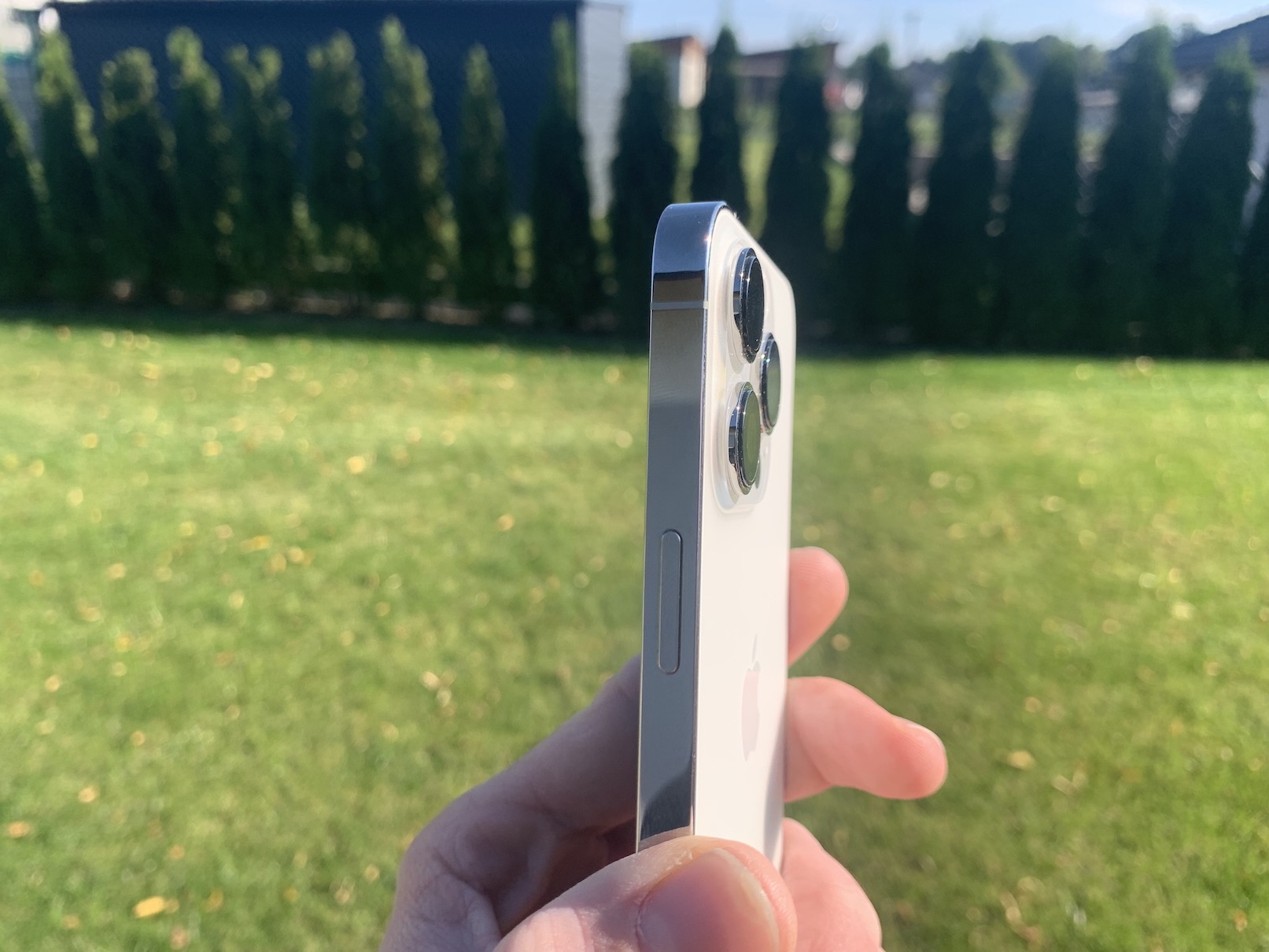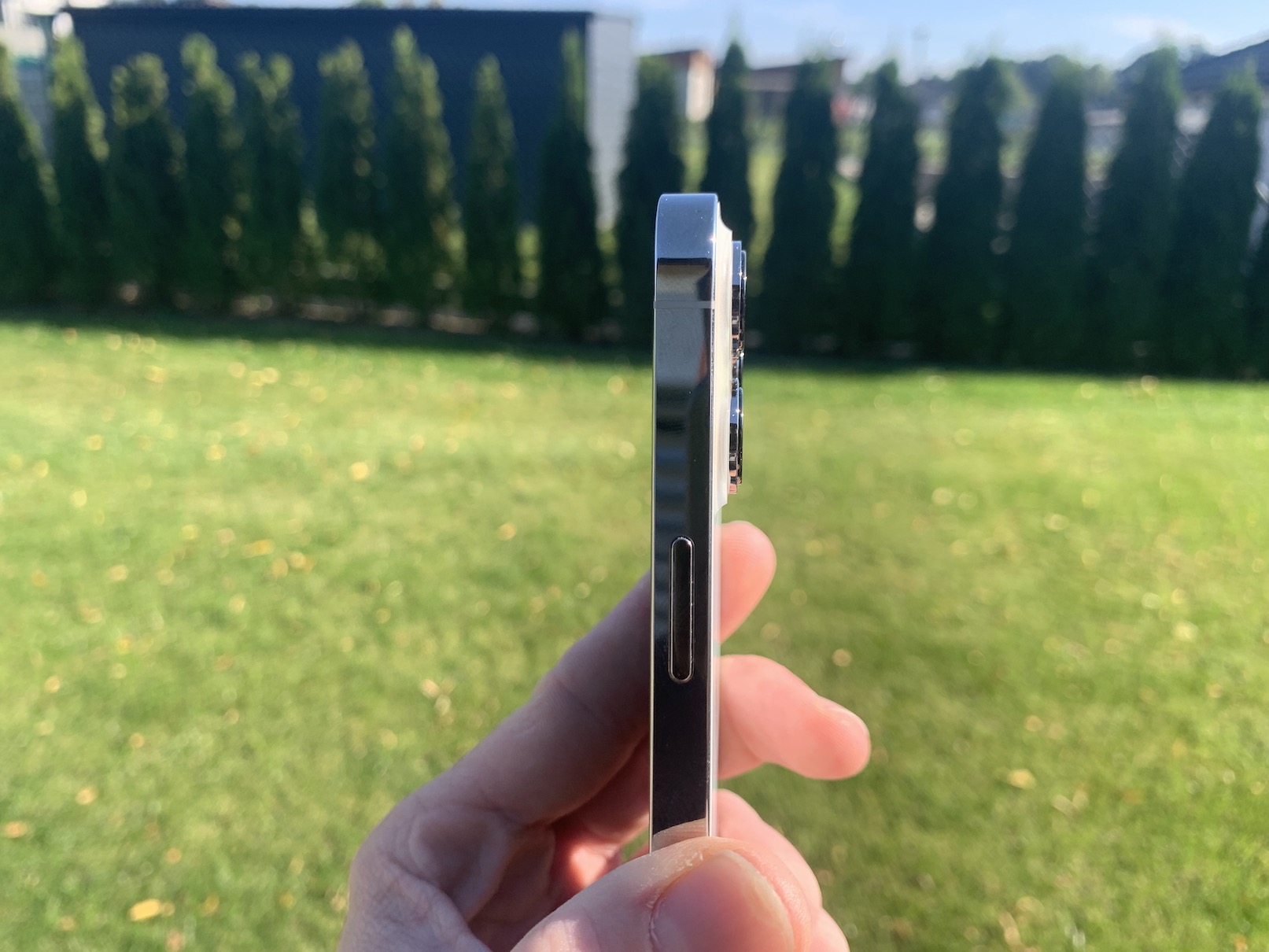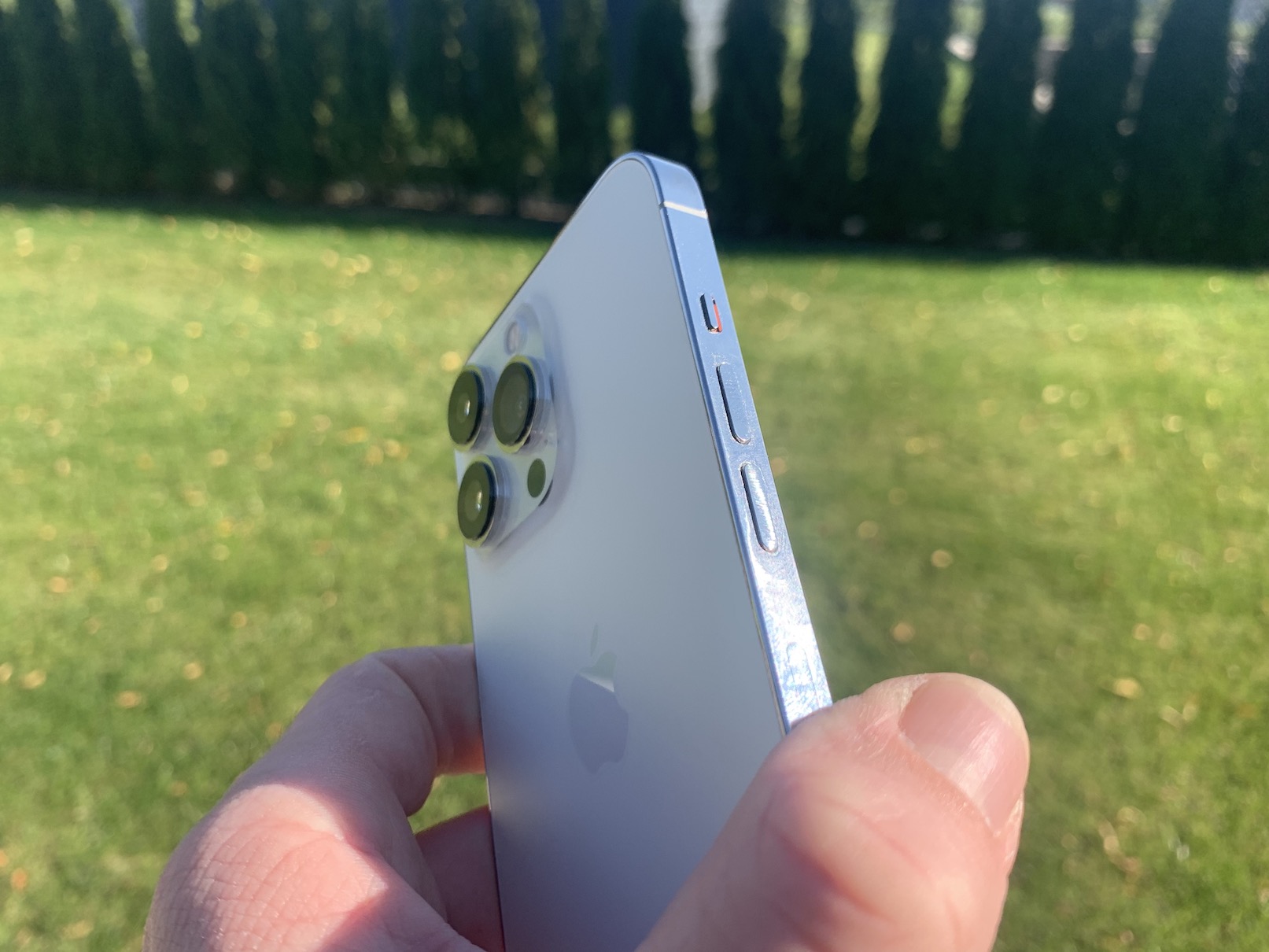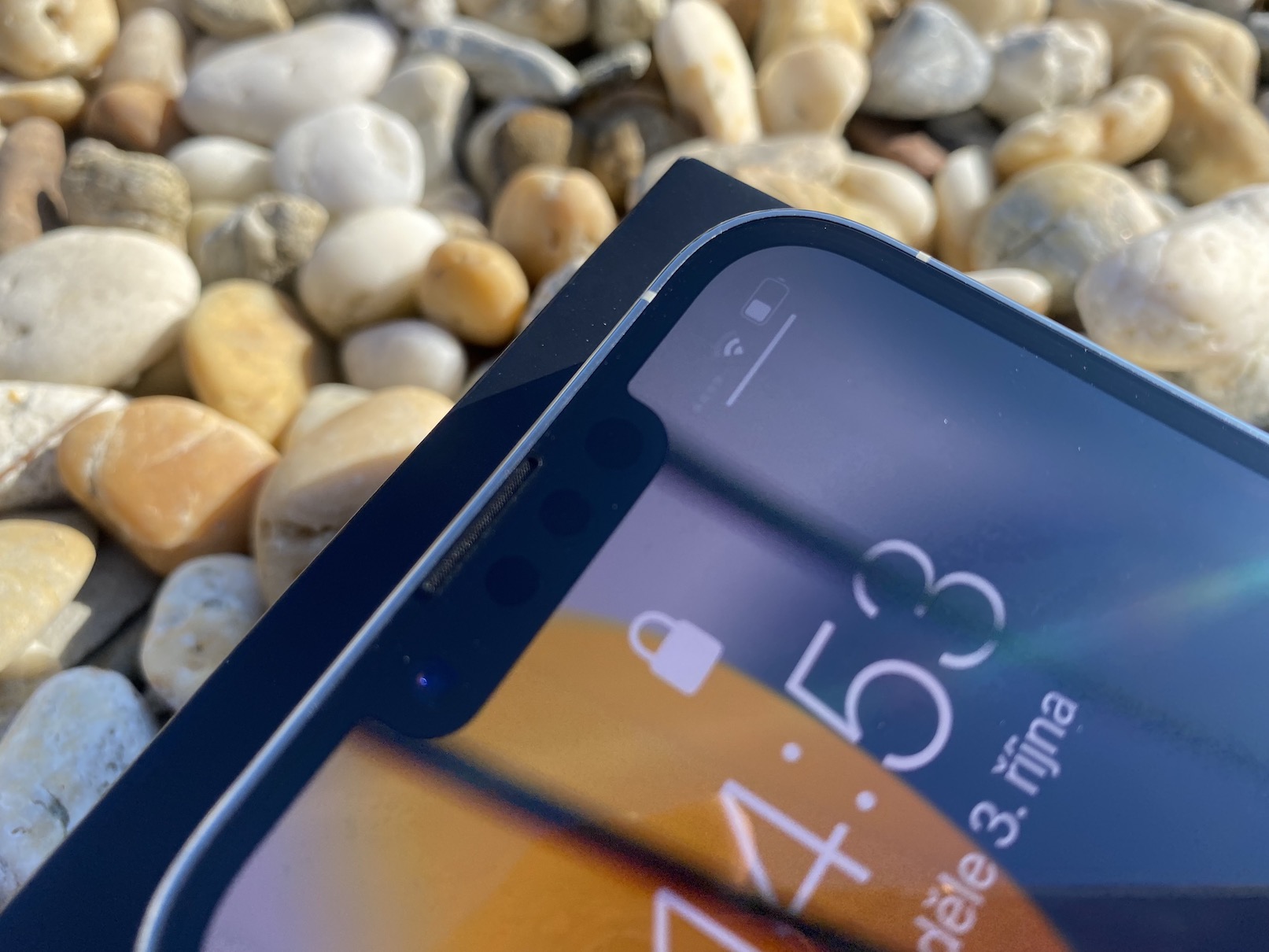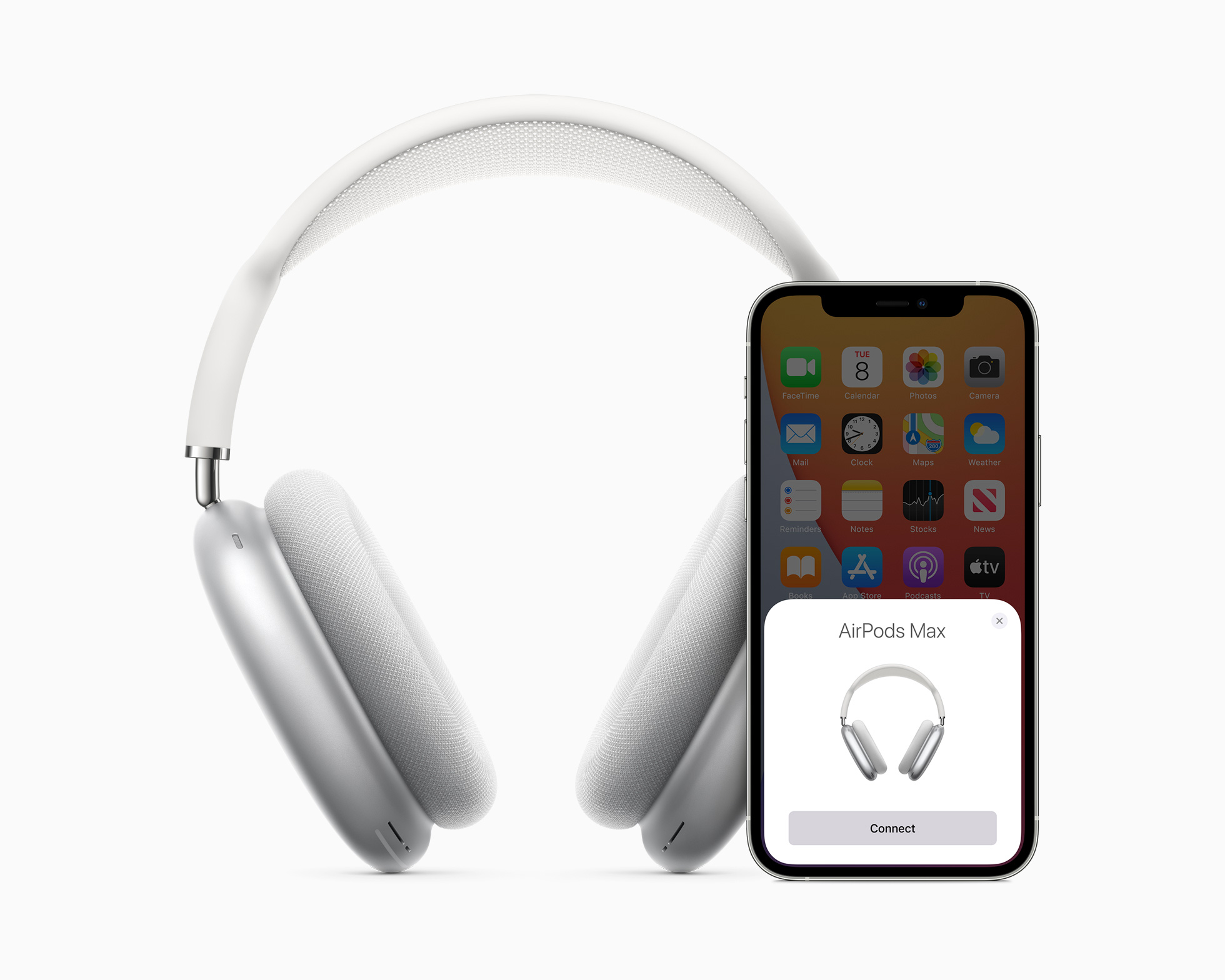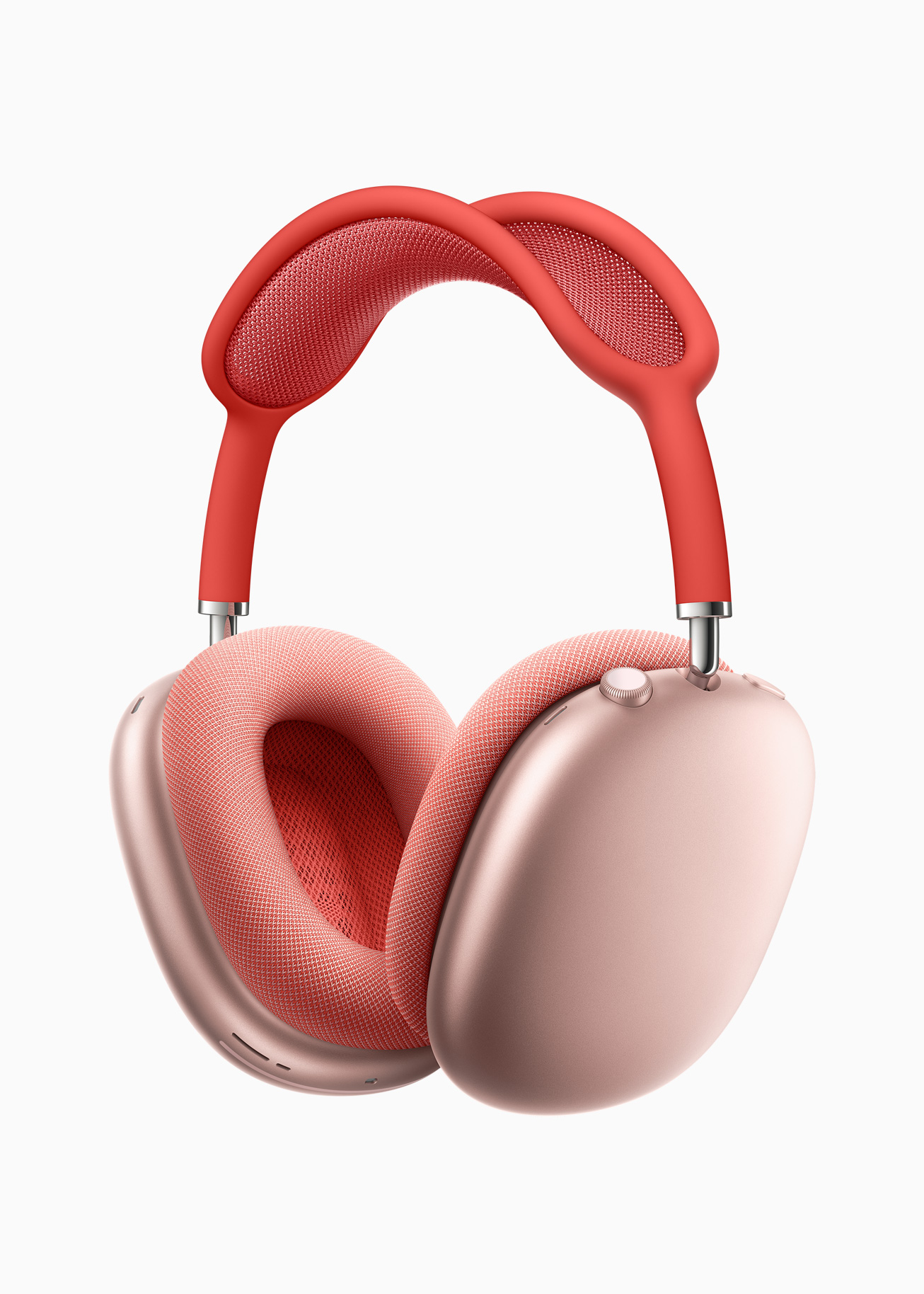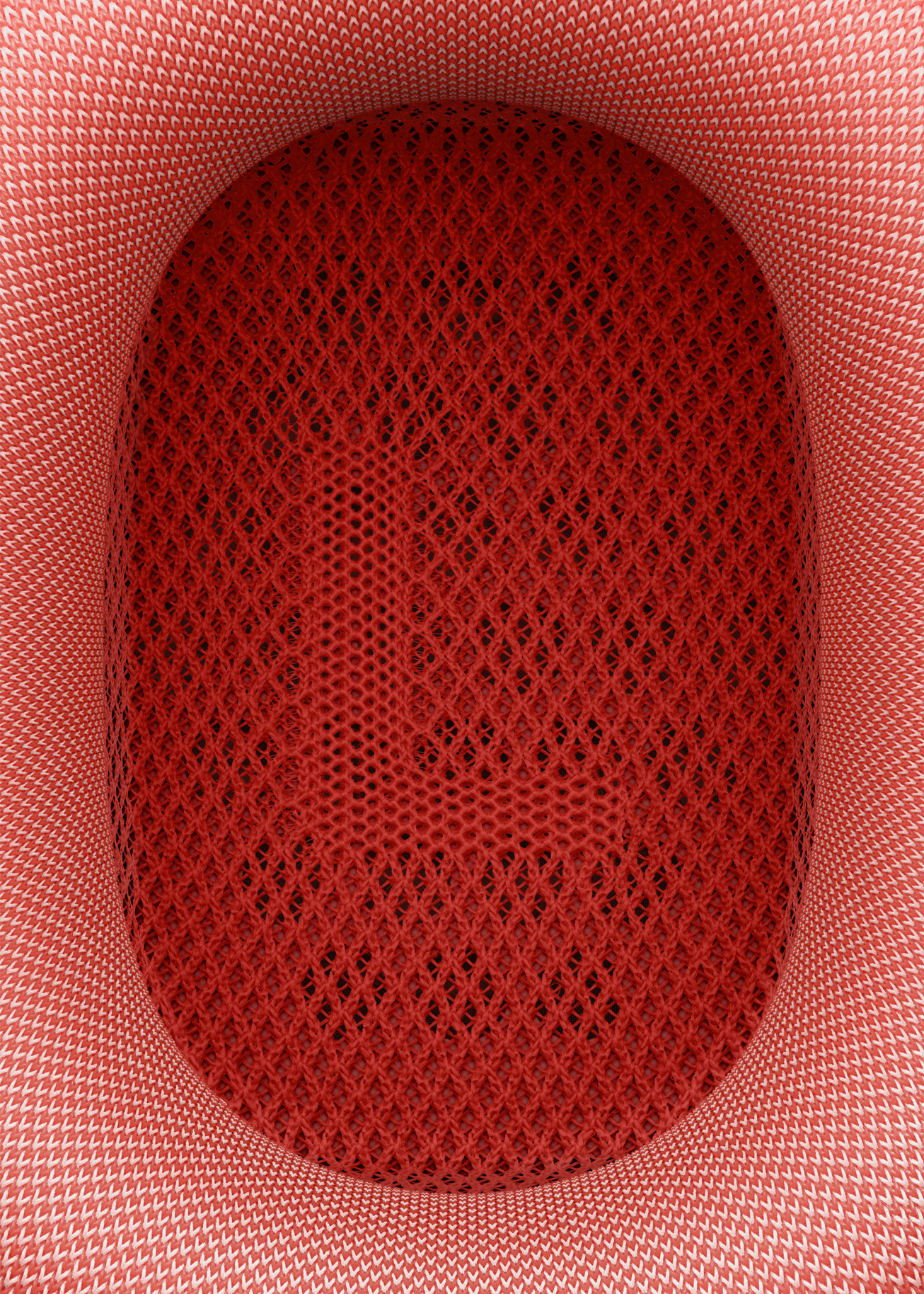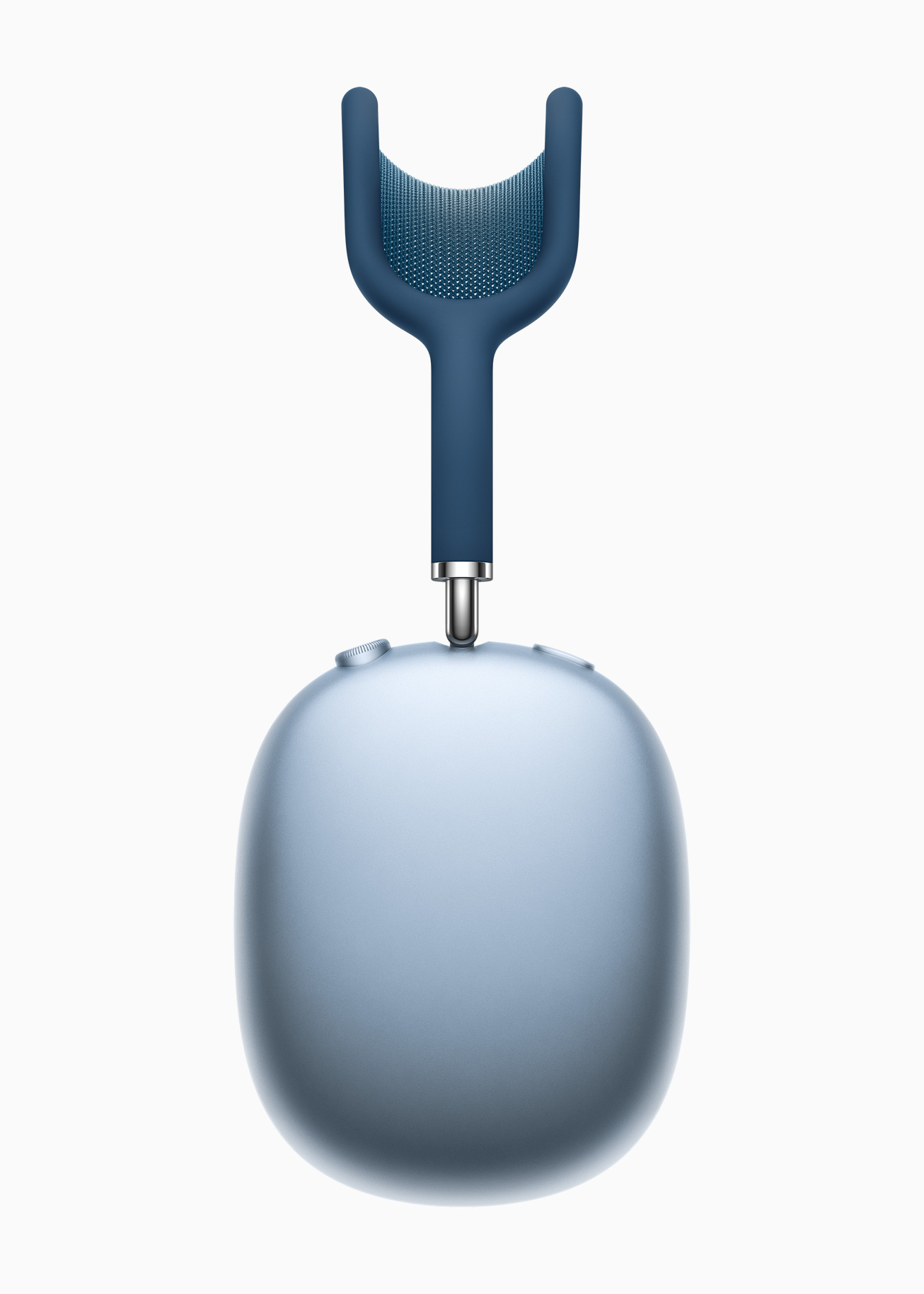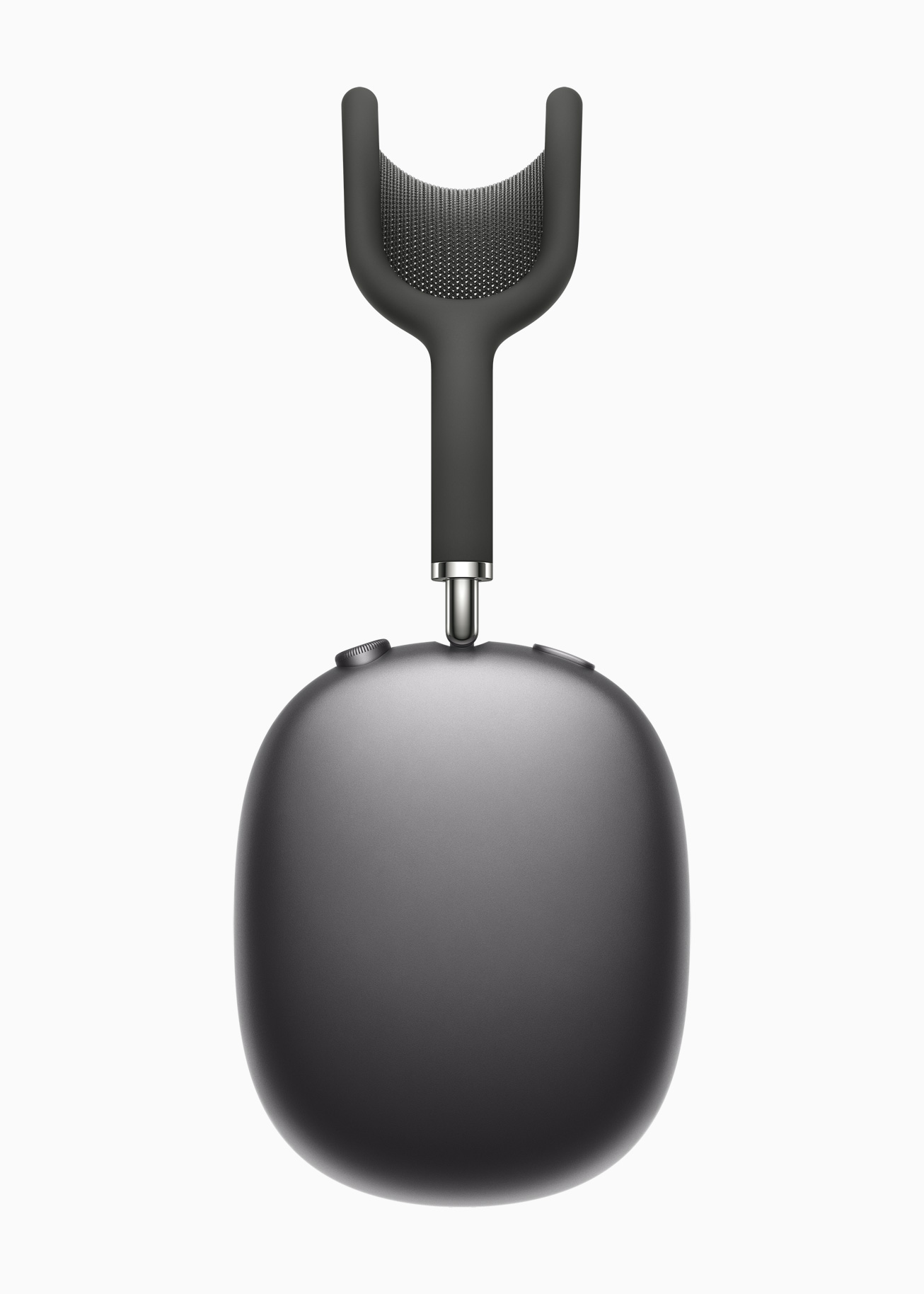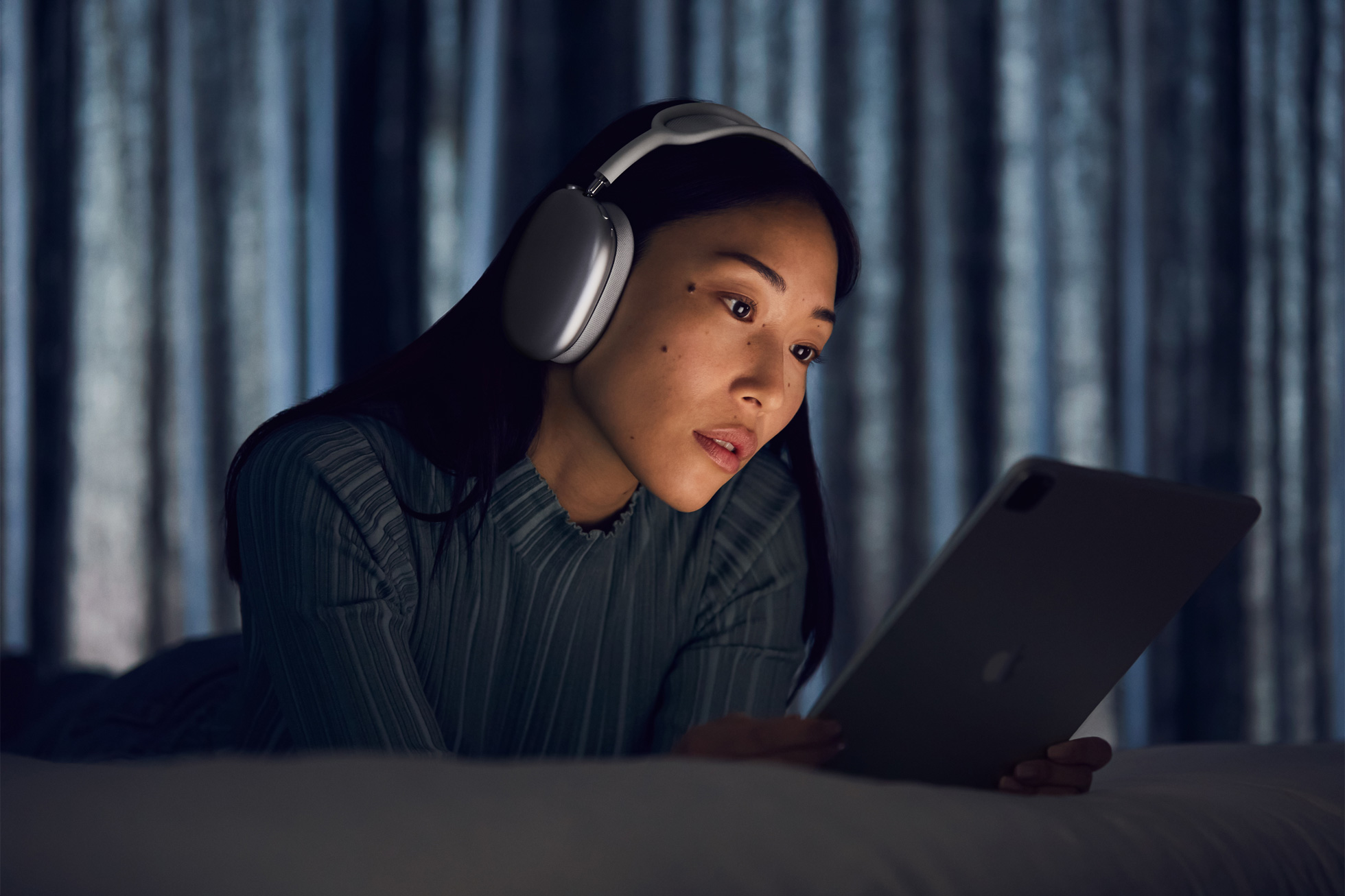So it cannot be said that it is exclusively for professionals. Of course, we have basic product lines here, which are intended for everyone else, be it regular users or those who simply don't need the most powerful device. But then there are Pro products, whose name already refers to who they are intended for.
Mac computers
It's true that with Mac Studio the company deviated a little from the stereotypes. This machine directly refers to "studio" use. Otherwise, there are MacBook Pros, as well as the aging Mac Pro. If you need the most powerful solution, you clearly know where to go for it. The MacBook Air and 24" iMac also do a lot of work, but they fall short of the Pro models.
Like the Mac Studio, the Studio Display is intended for studios, although the Pro Display XDR already carries the Pro designation. It also costs more than three times the price of the Studio Display. For example, Apple also offers its Pro Stand, i.e. a professional stand. It was 2020, when the company patented an expanded version of it that would hold two such displays. However, it has not been implemented (yet). And it's quite a shame, because the patent looked very promising and would definitely come in handy for many pros, rather than just being limited to the Pro Stand. In this regard, it may be worthwhile to purchase more variable VESA mounts.

iPad tablets
Of course, you can also get a professional iPad, since 2015. It was the Pro models that set the design direction even for the lower ranges, such as the iPad Air and iPad mini. It was also in them that the M1 chip was used for the first time in an Apple tablet, which later also got the iPad Air. But it still retains certain exclusivities, such as a miniLED display in the case of the larger 12,9" model, or full-fledged Face ID. The Air has a Touch ID fingerprint scanner in the power button. For models, they also have a dual camera with a LiDAR scanner.
It could be interest you
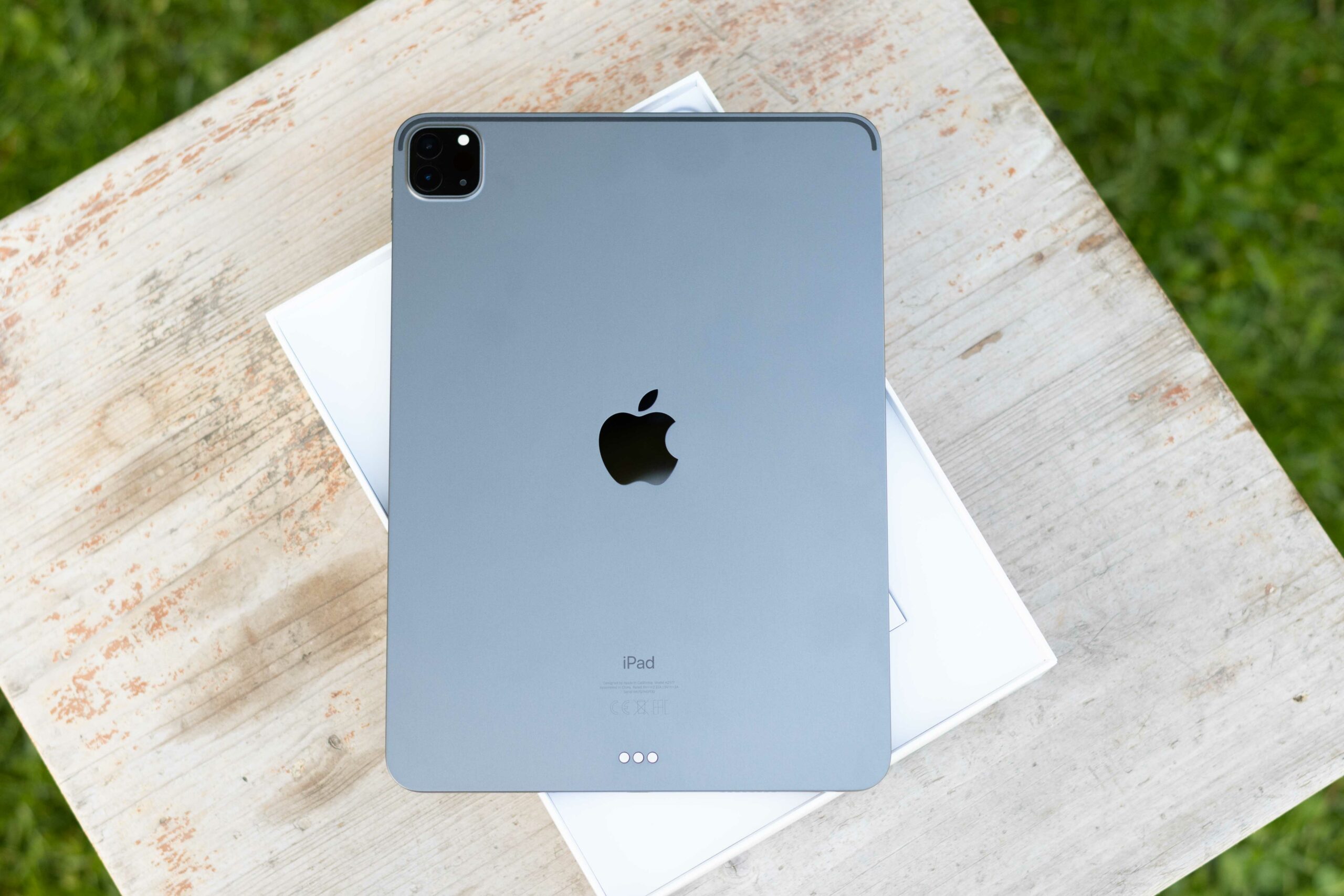
iPhones
The iPhone X was followed by the iPhone XS and XS Max. With the iPhone 11 generation, Apple also introduced the Pro epithet in this segment, in two versions. They've stuck with it ever since, so we currently have the iPhone 11 Pro and 11 Pro Max, 12 Pro and 12 Pro Max, and 13 Pro and 13 Pro Max. It should be no different this year in the case of the iPhone 14 Pro, when two professional versions will be available again.
These always differ from their base versions. First of all, it is in the area of cameras, where the Pro versions also have a telephoto lens and a LiDAR scanner. In the case of the iPhone 13, the Pro models have an adaptive display refresh rate, which the basic models lack. These are also shortened in software, as the Pro models can now shoot in ProRAW formats and record video in ProRes. These are truly professional features that the average user really doesn't need at all.
It could be interest you
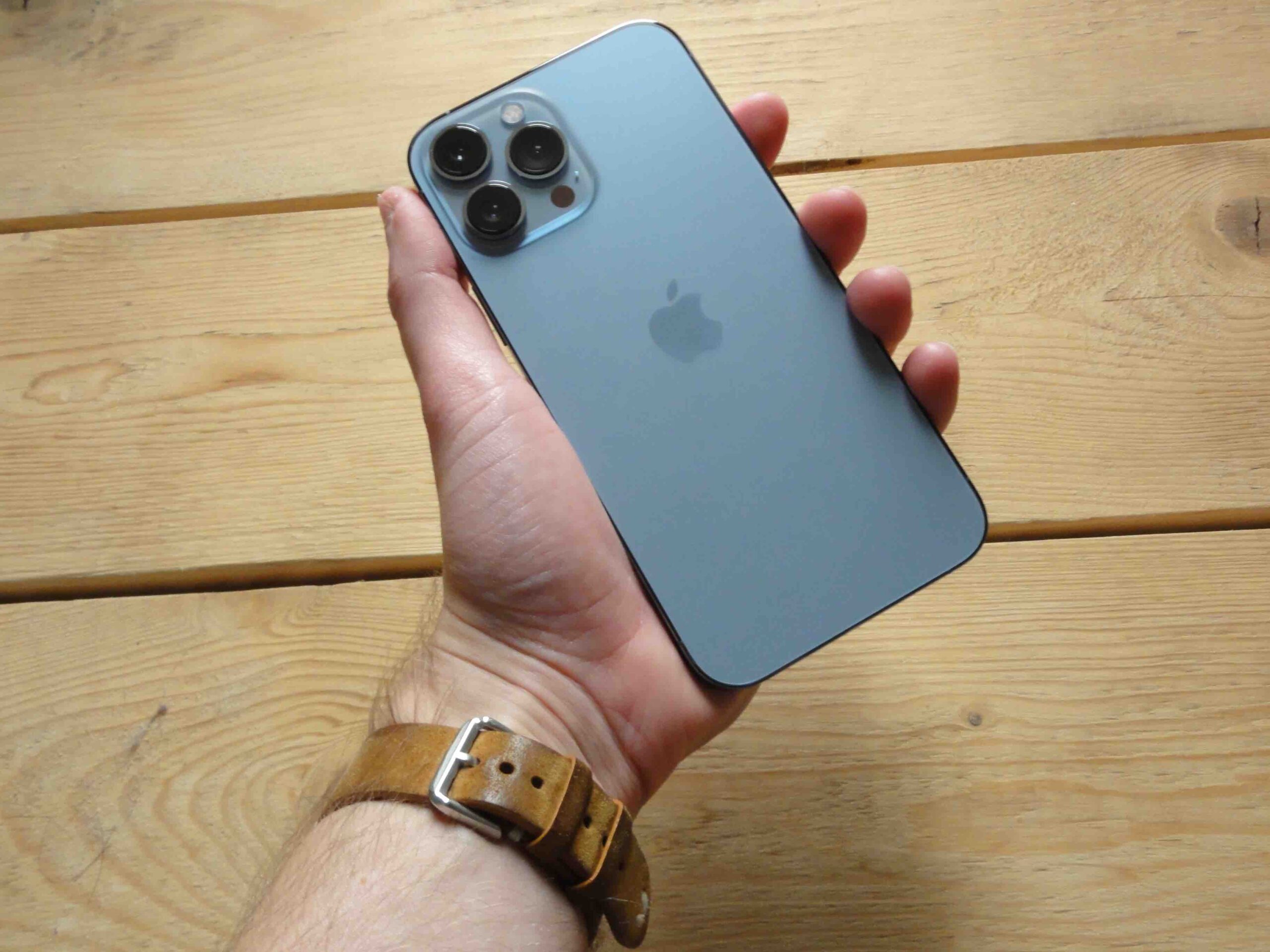
AirPods
Although Apple offers AirPods Pro headphones, it cannot be said that they are intended exclusively for professionals. Their qualities of sound reproduction, active noise cancellation and surround sound will be appreciated by every listener. The professional line could be represented here by AirPods Max. But they are Max mainly because of their over-the-top construction and price, because otherwise they have the functions of the Pro model.
What's next? It is probably impossible to assume that the Apple Watch Pro would come. The company releases only one series per year, and it would be quite difficult to distinguish the professional version from the basic version here. After all, that's why it offers SE and Series 3 models, which are sought after by undemanding users. However, Apple TV Pro could easily come in some form. Even here, however, it would depend on how the company could distinguish it.
It could be interest you
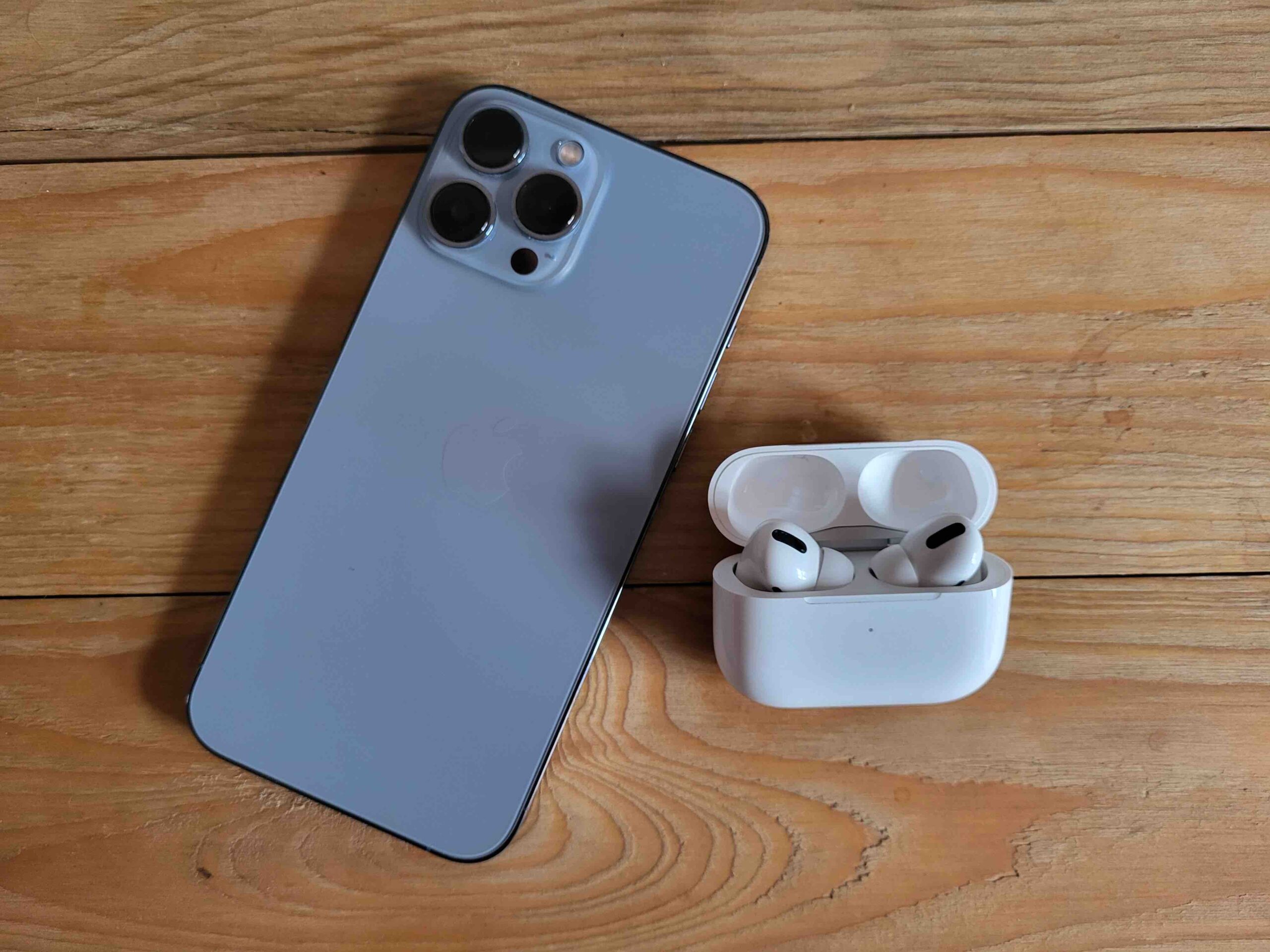
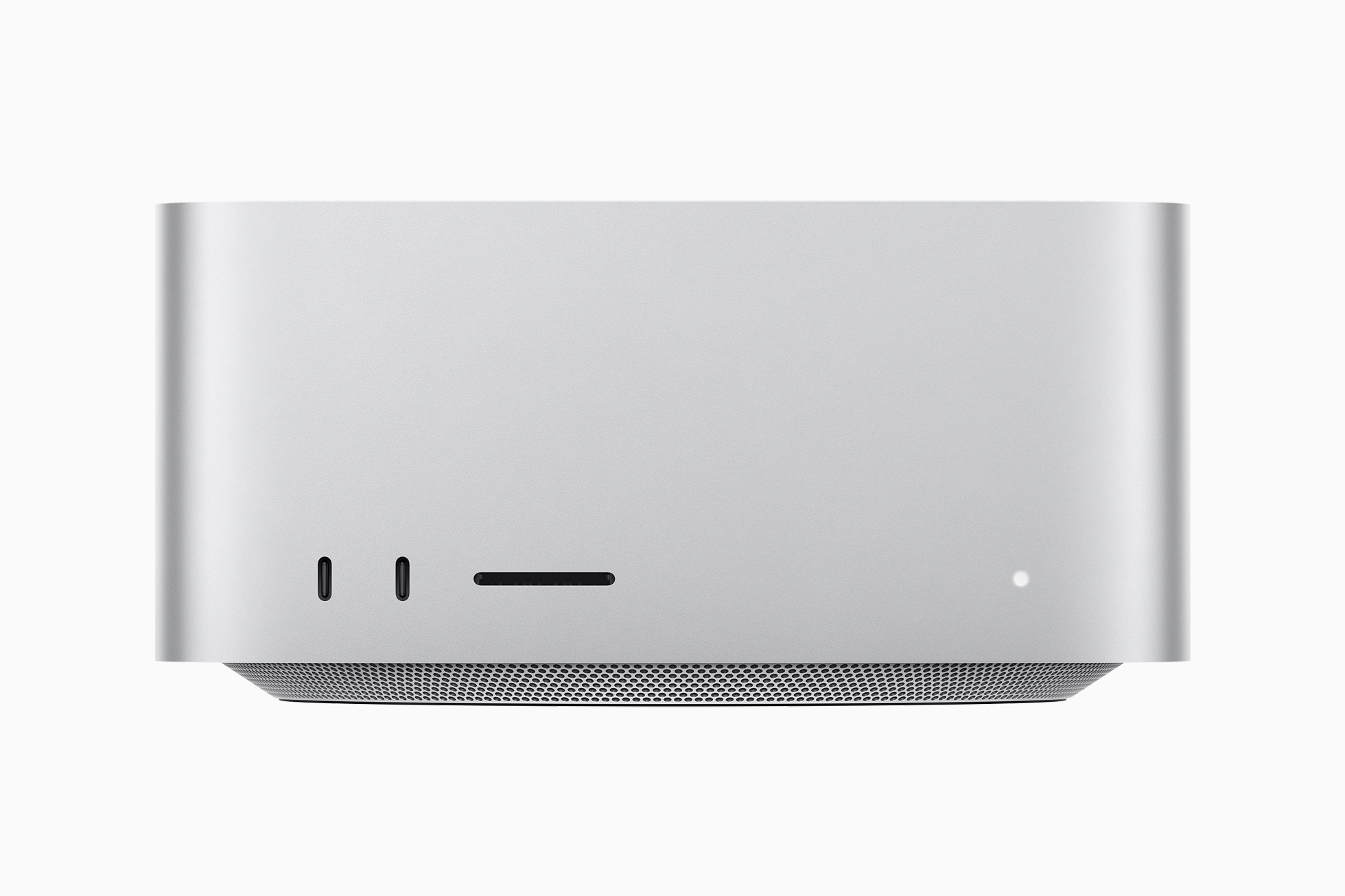
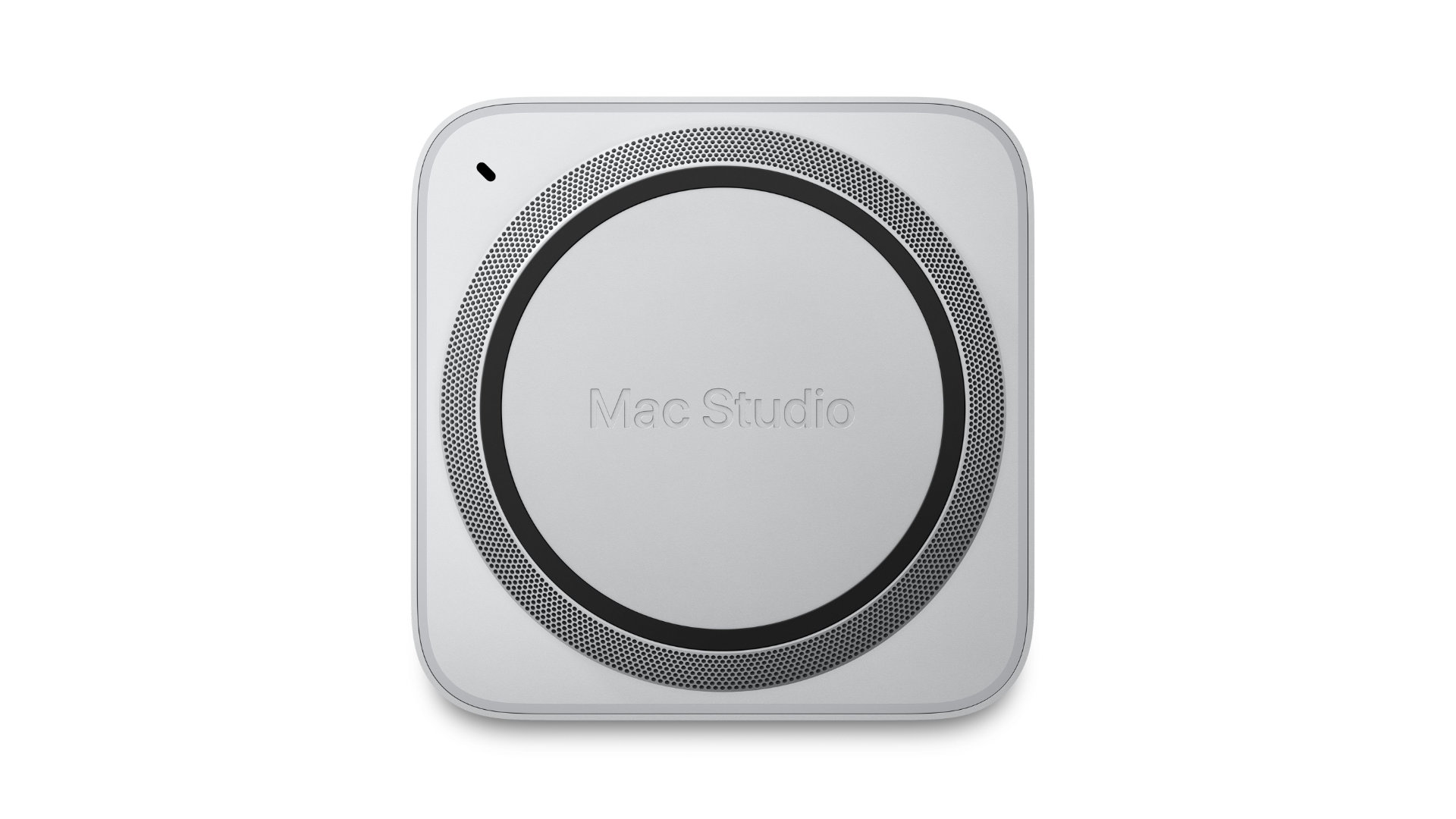

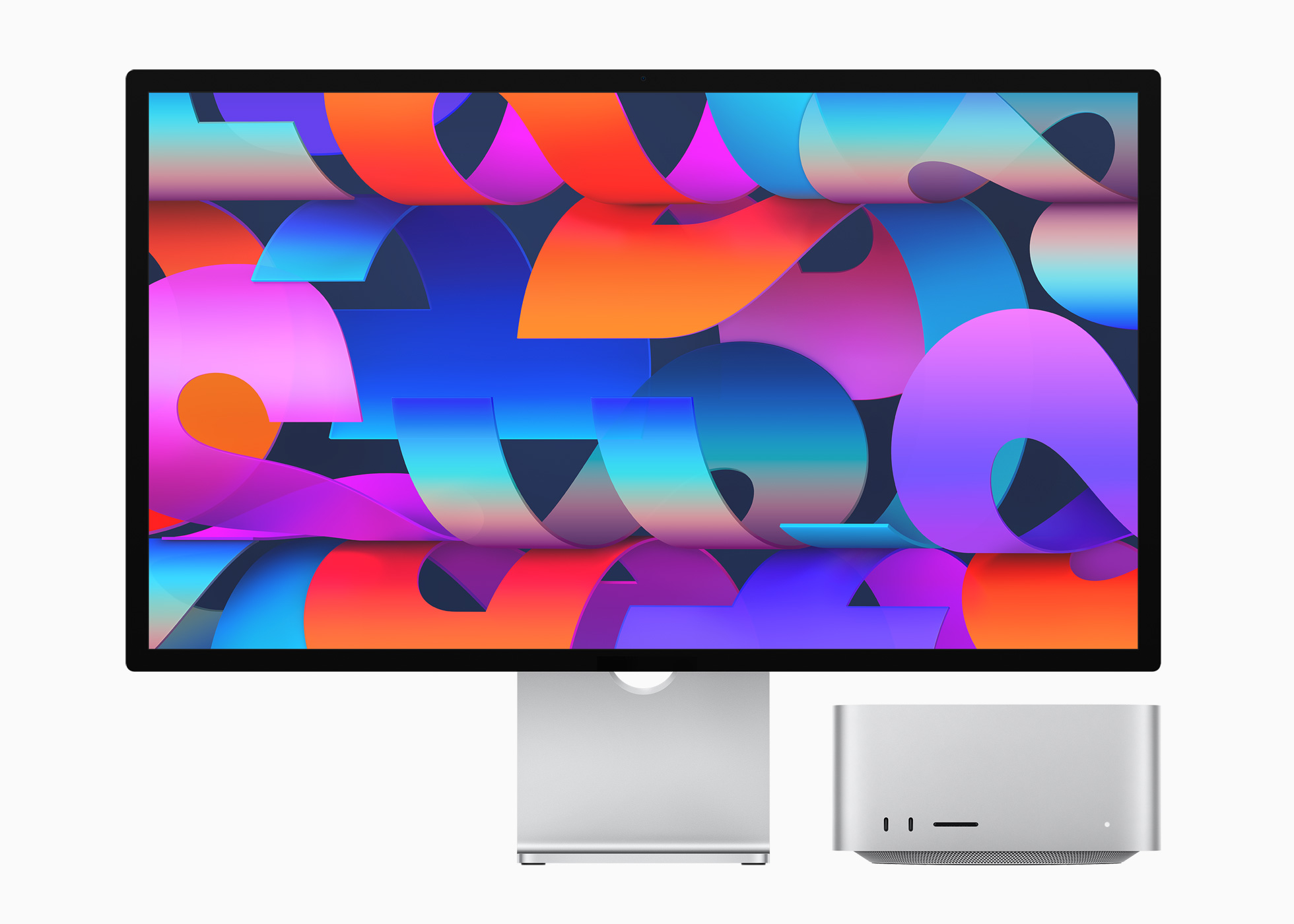
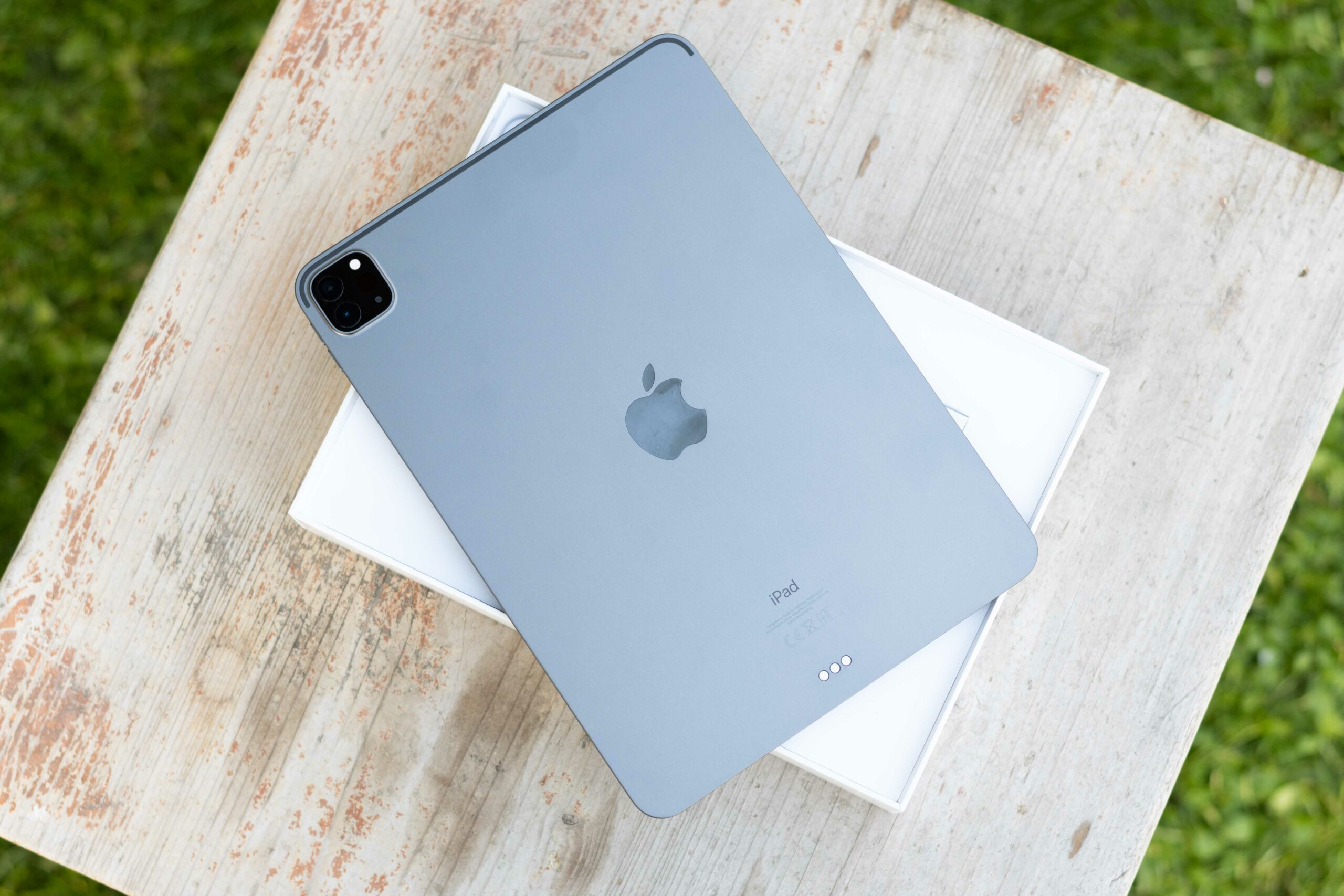
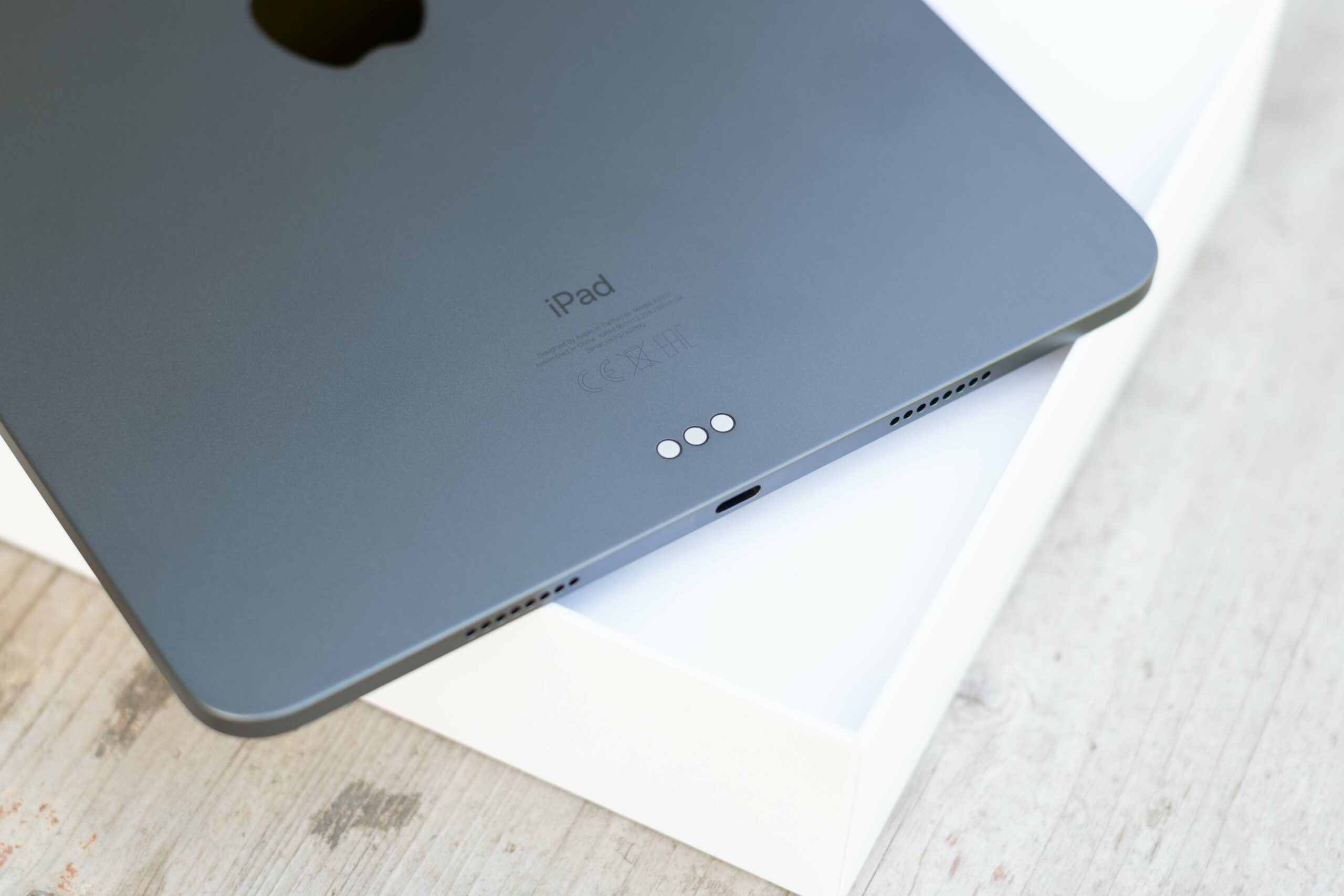


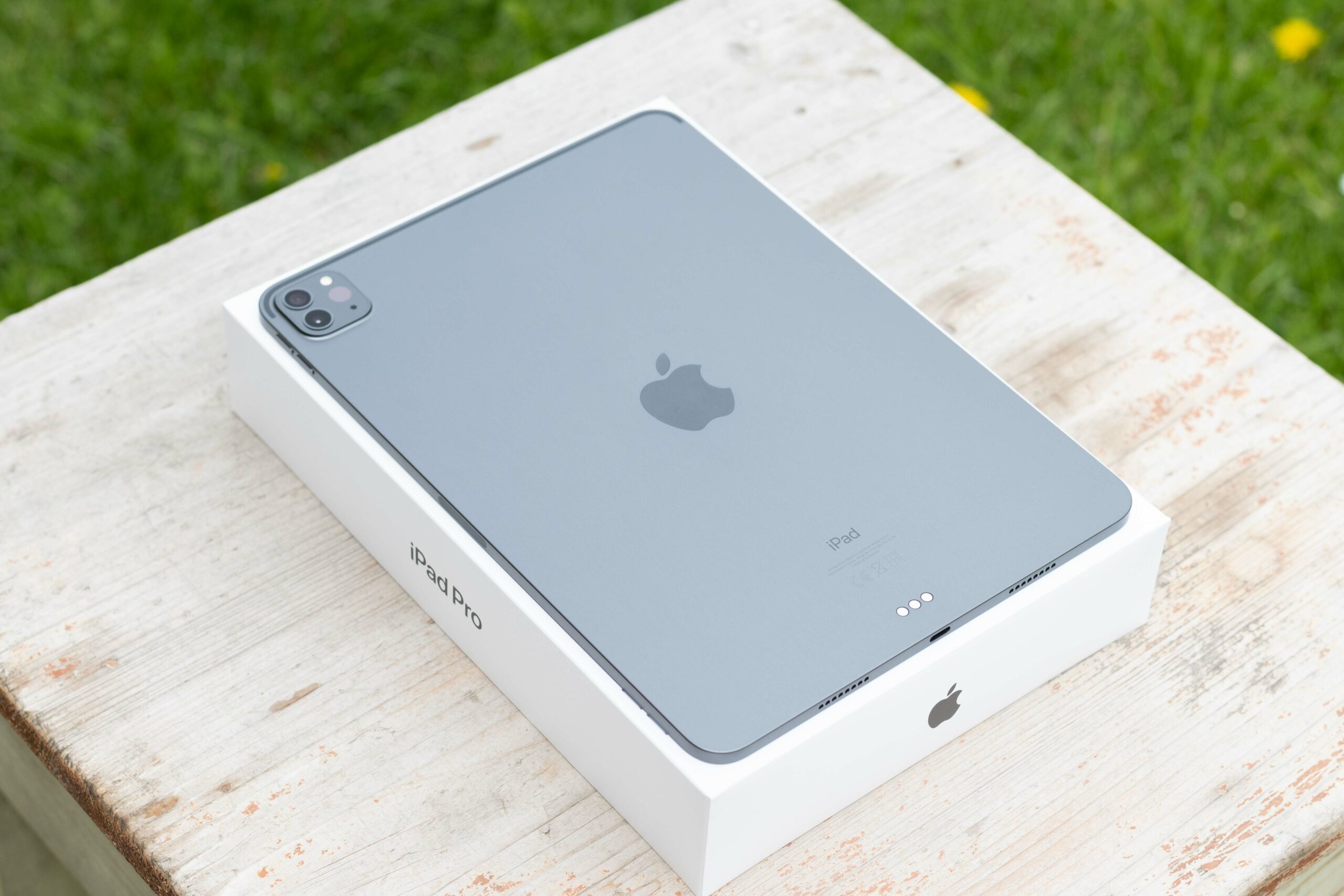
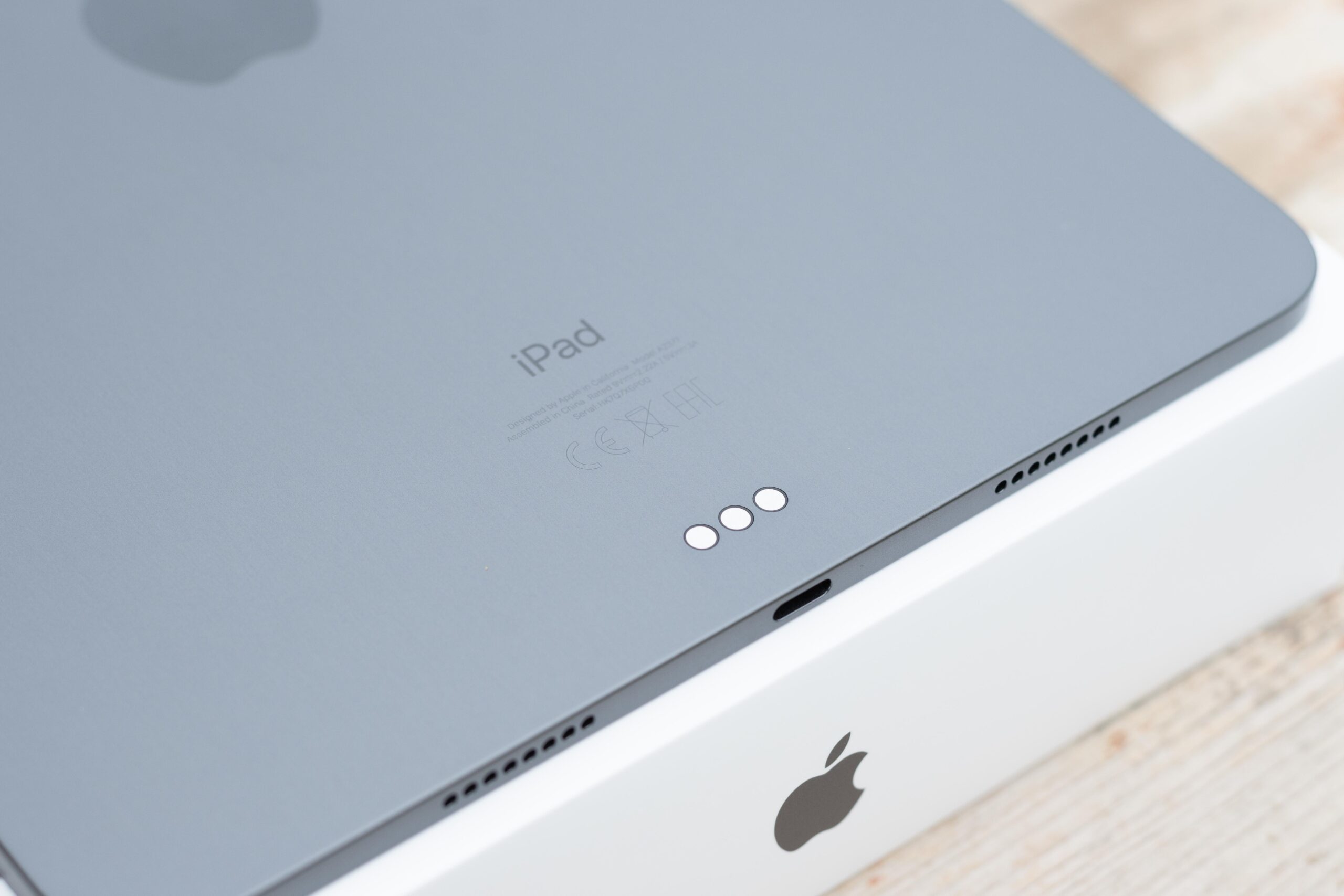
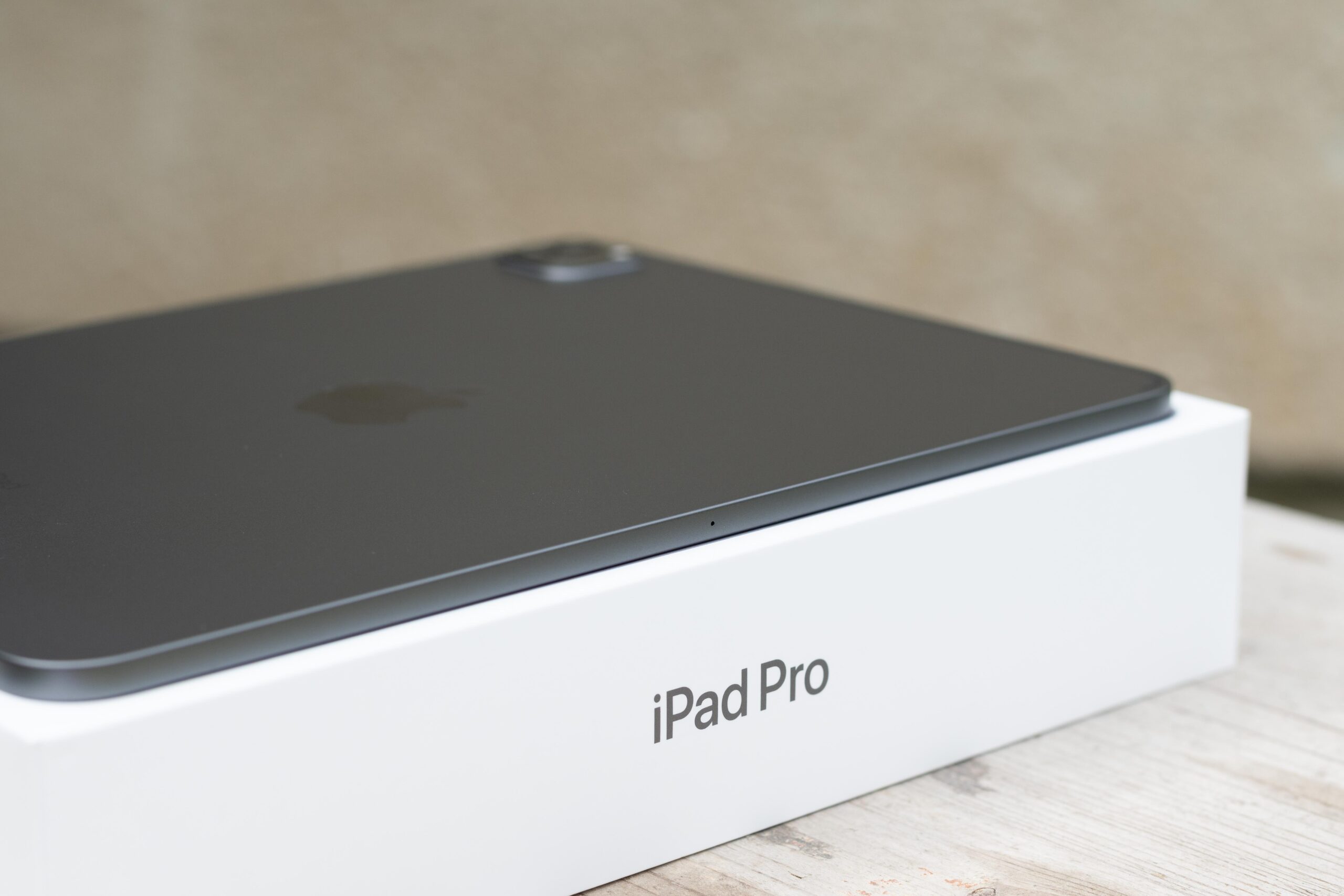
 Adam Kos
Adam Kos 